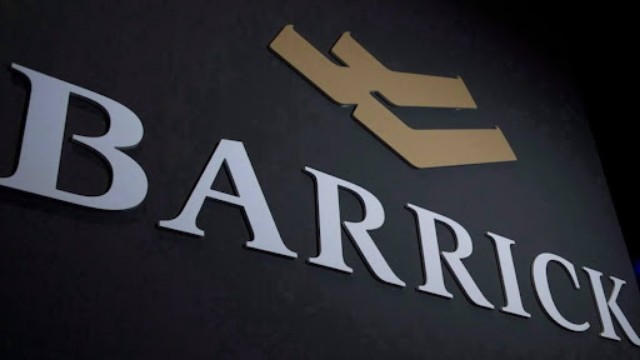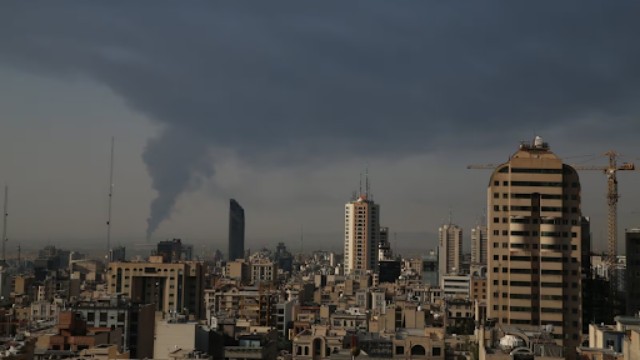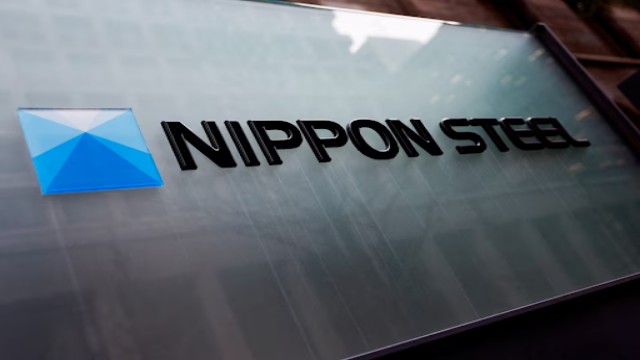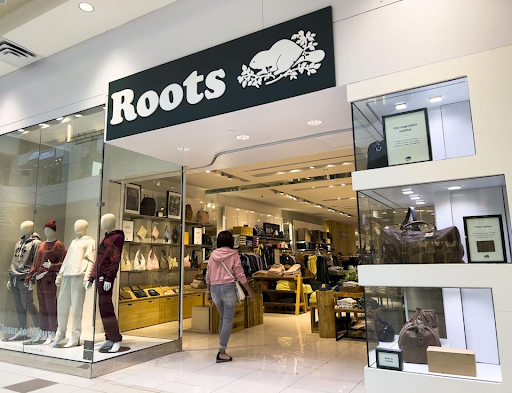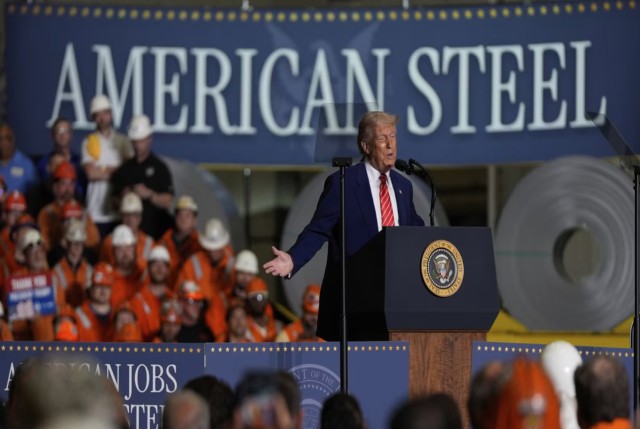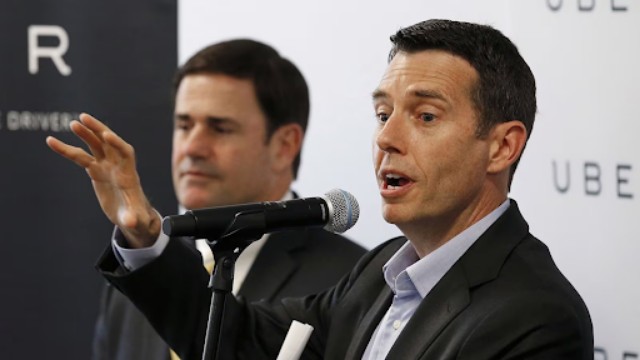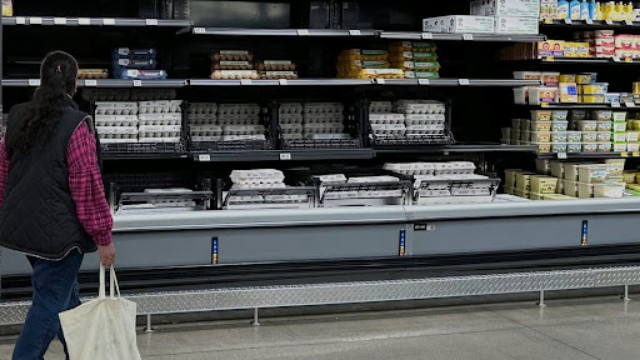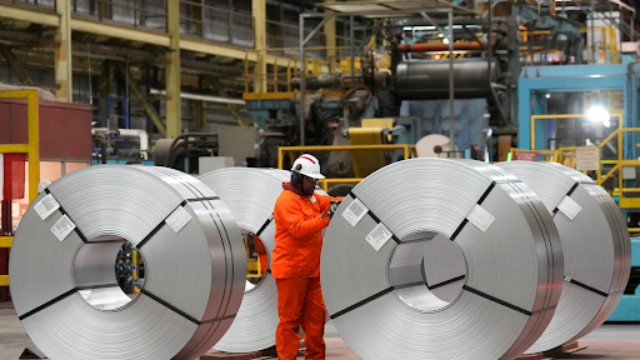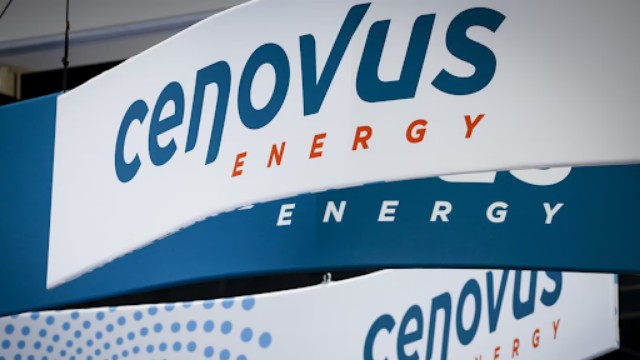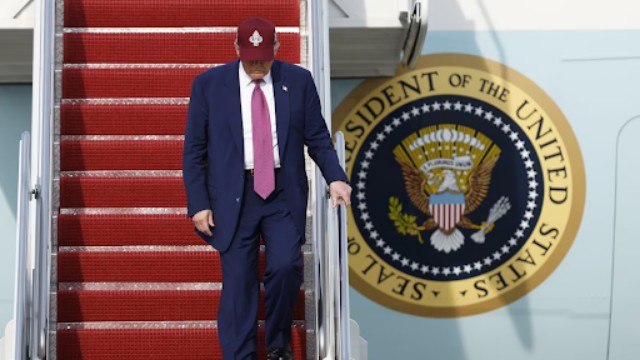
Former U.S. President Donald Trump stepped off Air Force One after landing at Joint Base Andrews in Maryland on Tuesday, June 10, 2025. (AP Photo/Luis M. Alvarez)
U.S. President Donald Trump announced a possible breakthrough in trade talks with China, revealing that Beijing will speed up the delivery of rare earth minerals and magnets to American industries. This move is expected to ease supply worries for sectors that rely heavily on these crucial resources.
In return, the United States will reportedly halt its push to revoke visas of Chinese students studying at American universities. The announcement came after two days of negotiations in London, attended by top officials from both sides.
Despite Trump’s enthusiastic tone, the deal appears to be more of a framework than a final agreement. Both governments are keeping quiet on the exact terms. China hasn’t confirmed the details, and neither Trump nor Chinese President Xi Jinping has formally endorsed the outcome.
Trump’s social media posts added to the confusion. He declared a hefty 55% tariff on Chinese goods, claiming, “WE ARE GETTING A TOTAL OF 55% TARIFFS, CHINA IS GETTING 10%. RELATIONSHIP IS EXCELLENT!” However, White House sources clarified that the 55% includes previous tariffs, not a new hike from the existing 30%.
Business owners remain baffled by the frequent changes. Rick Woldenberg, head of an educational toy company involved in a lawsuit against Trump’s tariff authority, said, “We have no idea what the rules are.”
Trump also suggested that he and Xi would collaborate to improve U.S. access to Chinese markets — a step he described as a potential win for both sides.
The recent framework emerged during high-stakes London talks involving U.S. Treasury Secretary Scott Bessent, Commerce Secretary Howard Lutnick, and Trade Representative Jamieson Greer. China’s team was led by Vice Premier He Lifeng.
Since retaking office in January, Trump has leaned heavily on tariffs, using them to fund the government, protect U.S. industries, and pressure trading partners. His unpredictable trade policy has left many foreign governments and American companies scrambling to adapt.
Trump previously introduced sweeping 10% tariffs on nearly all global imports. He later doubled duties on steel and aluminum to 50%, triggering higher costs for U.S. manufacturers.
His handling of the China trade relationship has been especially rocky. Trump’s tariffs on Chinese goods began at 20%, then jumped to 54%, and briefly spiked to 145% in retaliation for China’s countermeasures. China responded with its own tariffs, peaking at 125%. These back-and-forth blows nearly halted trade and rattled global markets.
After a tense Geneva meeting, both countries agreed to de-escalate. U.S. tariffs dropped to 30%, China’s to 10%. But in April, China imposed licensing rules that slowed rare earth mineral exports. That led to the latest London meeting, where China agreed to speed up supply chains again.
Amid these developments, an international watchdog has raised concerns about U.S. companies possibly using Chinese minerals tied to forced labour in the Xinjiang region. Brands like Walmart, Nescafe, and Coca-Cola may be exposed to supply chains linked to the Uyghur community’s reported exploitation.
Experts remain skeptical about the deal's longevity. Former U.S. diplomat Dan Kritenbrink called the agreement “a fragile truce.” He emphasized that China holds significant leverage through its control of rare earth resources.
Others, like Asia Society’s Danny Russel, saw the deal as a letdown. “This ends not with a bang but a whimper,” he said. Economist Veronique de Rugy dismissed the whole arrangement as “just a handshake deal” that could unravel at any moment.



